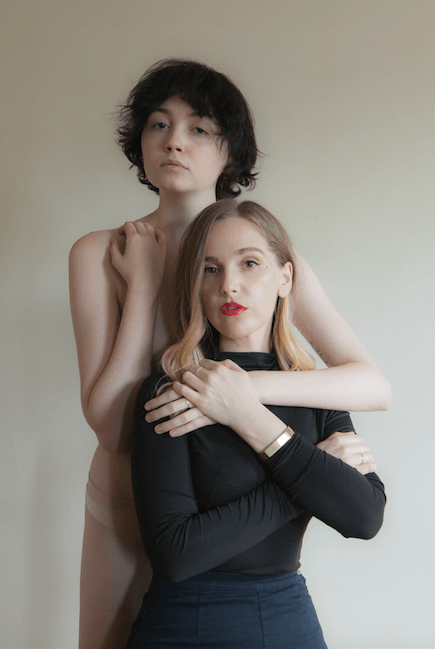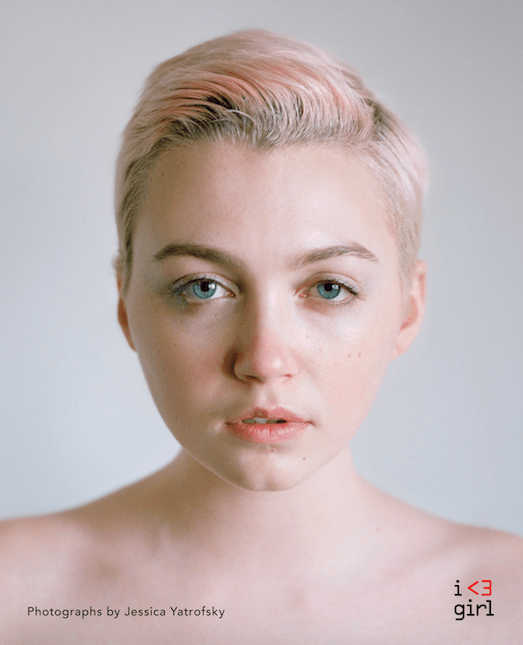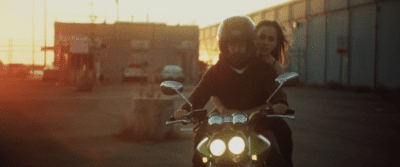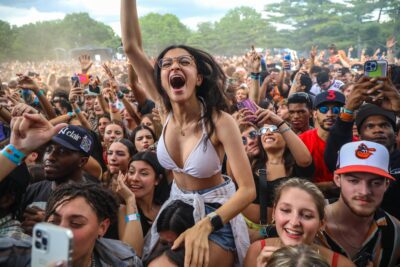Photographer Jessica Yatrofsky Deconstructs the Gender Binary in “I Heart Girl” (Photos: NSFW)


Jessica Yatrofsky, front, with one of her models
Photographer Jessica Yatrofsky has long explored the established boundaries of gender identity, and questioned the idea of what it means to label someone a boy or girl. In 2010, Yatrofsky’s published her first photography book, I <3 Boy, which showed a varied portrayal of men, disputing the notion that masculinity was in any way a singular concept. Now, with the recent release of her second book, I <3 Girl, Yatrofsky tackles the idea that femininity means any one, specific thing. We spoke with Yatrofsky about what it is about challenging gender norms that appeals to her, why this photographic series makes sense as a book, and what’s up next for her.


Your first photography book was I <3 Boy, did you always know you wanted to do I <3 Girl as a follow-up?
I started making these images about 10 years ago while I was still in graduate school. The subjects that I photographed, both men and women, ultimately are what became the I <3 Boy and I <3 Girl series and included friends, peers, art models, and other acquaintances. Many of my subjects are actual friends or people recommended by friends. On occasion I am contacted directly by people who want to be photographed and if I find them to be interesting subjects a relationship can blossom!
For as long as I can remember I’ve been drawn to depicting the body in my work. I began my art practice as an applied artist, mostly painting and drawing live models and still life and that foundation has shaped the way I approach portraiture. I am both inspired and moved by the inherent strength and beauty of our bodies and to work with subjects to create images that can explore both femininity and masculinity is very intriguing to me as these are qualities that are becoming more fluid.
Your books are framed in a gender binary, i.e. boy/girl, but they also feel subversive in content. What was your approach to this element of the project?
Androgyny and the “in-between” is something I find very appealing and in that respect it is interesting to view all of my work as two parts of a whole instead of a binary. Both projects were created in tandem although I <3 Boy was published first because at the time I was interested in starting a dialogue about the lack of male nudity in art and mainstream culture in relationship to how we respond to the female nude. Male nudity is stereotyped largely in part because we don’t have any experience with it outside of a largely censored and negative context.
With I <3 Girl I care about sharing similar ideas that relate to the body and to composition of form within portraiture and I invite people to think about these qualities in both series. For me, this work represents more than a group of people, it represents a collective shift in the current cultural landscape.
When you open both books and compare the images there is a fluidity and homogeny in how the subjects were approached and captured. They could have all been included in the same book even, however, I liked the idea of each series having their own moment individually. Reflecting on both past and present work, for the most part I’ve always seen my images existing all together as one large ongoing series, so grouping and arranging work as I create it seems like just a natural way of creating chapters so to speak while also giving images of a particular series a moment on their own. I like that there is ambiguity between the subjects of each series as well, often people struggle to identify the difference between a man or a woman, it’s unclear and I am interested in this, I embrace this idea of blurring lines within my work and in life in general, so with both it’s not so much about reinforcing gender as it is about celebrating both the similarities and difference between people. And I care a great deal about this notion of gender fluidity because I think the way we identify with each other as equal human beings is of great importance.
Gender identity is a topic that’s very much in the public eye right now; how do you feel like your books challenge society’s gender norms?
How we choose to define ourselves as individuals is essential to our self expression and Both series represent a facet of men and women of a certain age living how they see fit and expressing their gender accordingly. We can call these men and women “alternative,” “androgynous,” “masculine,” or “feminine” but that doesn’t fully capture what I feel the project represents which is largely about a human vulnerability that can’t be defined and categorized easily.
What’s up next for you?
I’m prolific, constantly shooting subjects both new subjects and working with previous subjects, actually I routinely photograph past subjects, I love repeating the same process over and over again with them. When you have the opportunity to reshoot a subject, when you study their body and their face over time you learn a great deal about people in a way that is very intimate and sacred and you see them evolving. It’s very special… I’m working on a few personal projects right now as well, some that will probably never ever see the light of day! I think some of my most fulfilling projects are the ones I never show because they are private, self portraits mostly and images of lovers. And those projects are the most fulfilling actually, because they are private. For me, it’s all about the process, the act of making the pictures, and it’s that desire for creating that informs all of my work. And being connected to your desires is important!
I have a few film projects going on as well, including a documentary I have been working on for a few years now, lots of sifting through vintage super8 and 16mm film footage, archiving old photographs and connecting with people.
Celebrate I <3 Girl at PowerHouse Arena tonight, 11/13 at 7pm
[metaslider id=38601]
You might also like 




















